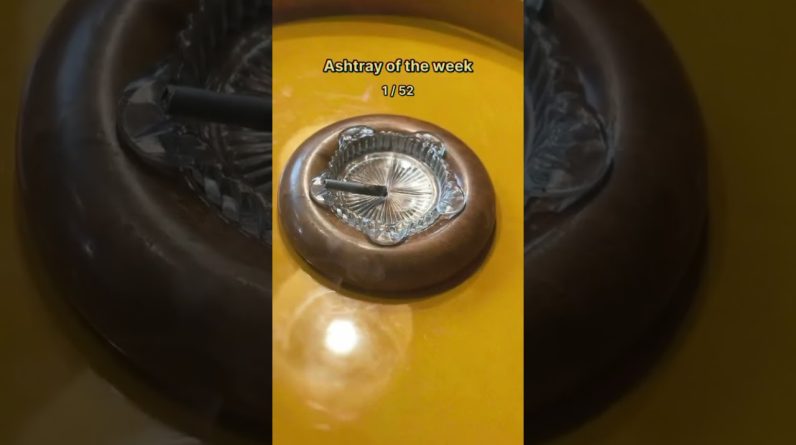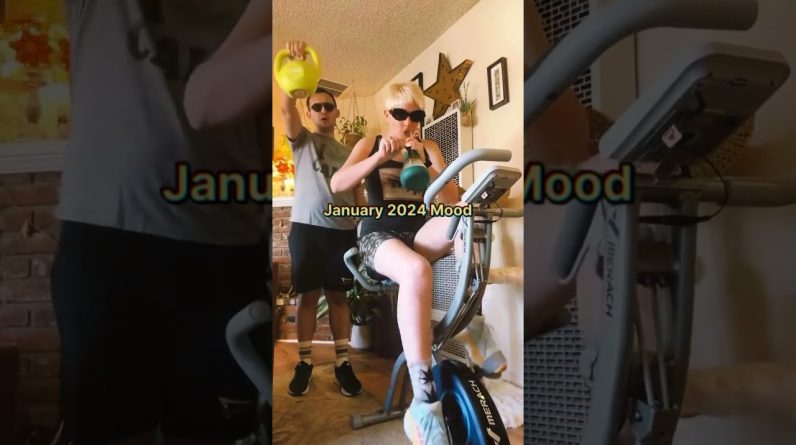Top-10 Tips for Crowing Cannabis Hydroponically
As the name suggests, water plays a major role in this method of growing cannabis plants.
However, don’t mistakenly believe that your plants are actually grown with the roots and stem submerged in water instead of soil. That won’t work as roots also need access to plenty of oxygen and that’s why plants die if you overwater them when planted in soil.
Hydroponics is more literally translated as ‘without soil’, but there still has to be a substrate, such as perlite, rockwool, clay pebbles or coco coir.
So, why is hydroponics so effective? How do plants grow up to 50% faster and produce yields 50% greater?
The answer is simple – because roots have easy and efficient access to nutrients, so all the plant’s energy goes into growing leaves, stems, flowers, and cannabis buds, rather than into the root system.
So, our first tip is to read up about hydroponics before you decide what growing set-up you want – soil or substrate and water.
There are numerous ways you can create a hydroponic growing system, and if you both understand the system and are good at DIY, then you should be able to concoct something yourself.
If you are new to hydroponics, our next tip would be to invest around $200.00 in a basic hydroponics set-up and once you have mastered the art of growing cannabis this way, you will be better informed as to what you need to do to create a new, larger set-up.
The next tip is to choose your plants wisely. Where some plants are only good for indoor growing and others good for growing outdoors, you also need to choose a hydroponic-friendly variety.
Next, we suggest you do further homework before choosing a hydroponic set-up. Which will suit you best in relation to the space you have available? You have five methods to choose from, so the one you understand the best will be an obvious choice.
There’s deep-water culture, ebb and flow, the drip system, nutrient film system, and the wick system.
Once you decide to go down the hydroponic route, our next six tips relate to the actual growing process.
First, it is important to get your pH level spot-on. You want to aim for between 5.5 and 5.8. This is the optimum pH level for your roots to absorb the maximum of nutrients.
Regularly check the ppm level of your nutrient mix. If you find the PPM level increasing, it means your plants are drinking loads of water, but they aren’t absorbing any nutrients. If this is the case, check your pH level.
Water temperature is also critical, so ensure that this remains at around 20 degrees Celsius.
Getting the right level of nutrients in your water can be tricky, so we recommend buying a hydroponic nutrient solution that will come with fool-proof instructions.
Cleanliness is vital for any hydroponics system and one reason why those who are short on time opt for a soil-based growing system. You should give your trays and tanks a thorough clean once a fortnight.
Last but not least, don’t create a hydroponics set-up in your attic. You may think this is a safe, out-of-the-way location, but if your system springs a leak while you are out, you could come home to find water in your hallway and all your ceilings have collapsed upstairs!
Hydroponics is one of the least talked-about growing methods, but, as we say, it is very productive. If you’ve got any great tips, Then why not share them with us all in the comment section below.





